“Risk! Risk is our business; that is what this starship is all about. That is why we are aboard her.” These iconic words, spoken by Captain Kirk in Star Trek, resonate profoundly with the modern enterprise.
Just as the Starship Enterprise ventured into the unknown, businesses today must embrace calculated risk to innovate, grow, and achieve their objectives. In a competitive global landscape, avoiding risk entirely is not an option; indeed, a business not taking risks may soon find itself out of business.
However, the critical question, as we navigate the increasingly complex “galaxy” of the 21st-century business environment, isn’t simply whether to take risks, but how to take the right risks. How can organizations chart a course that intelligently manages threats while seizing opportunities, aligns with strategic goals, and builds resilience against unforeseen turbulence?
The answer lies in the evolution of Governance, Risk, and Compliance (GRC) – transforming it from a perceived constraint into the essential navigation system for the modern corporate starship.
The Evolving Galaxy of Risk: Trends Shaping the Future
The operational environment for businesses is more dynamic and hazardous than ever before, marked by several converging trends that demand attention:
- Accelerated Technological Disruption: The rapid deployment of Artificial Intelligence introduces immense potential alongside significant risks – algorithmic bias, ethical dilemmas, data privacy violations, AI security vulnerabilities, and the potential for model collapse or unpredictable “hallucinations.” Beyond AI, the pace of digital transformation continues to expand attack surfaces, while future threats like quantum computing loom over current encryption standards.
- Geopolitical Instability & Fragmentation: Shifting global alliances, trade tensions, sanctions, regional conflicts, and supply chain nationalism create significant uncertainty and operational hurdles for multinational corporations.
- Heightened ESG Expectations: Pressure from investors, regulators, customers, and employees regarding Environmental, Social, and Governance performance continues to mount, bringing new compliance burdens and significant reputational risks.
- Sophisticated Cyber Threats: Adversaries, powered by AI and exploiting interconnected systems, are launching increasingly complex ransomware attacks, sophisticated phishing campaigns, and targeting vulnerabilities across the entire digital supply chain.
- Complex Regulatory Landscape: Businesses face “regulatory whiplash” with an ever-increasing volume of complex, often overlapping, and sometimes contradictory regulations spanning privacy, finance, technology, and ESG across multiple jurisdictions.
- Human & Talent Dynamics: Attracting and retaining talent with the right skills (especially in cyber, AI, and GRC) is challenging. Furthermore, managing human error, ethical conduct, insider threats, and the risks associated with new working models remains a critical concern.
The Failure of Siloed Navigation
Faced with this complex web of interconnected risks, traditional organizational structures often fall short. Siloed departments – where Risk Management operates separately from Compliance, Legal acts independently of IT Security, and Operations rarely collaborates deeply with Strategy or HR – create dangerous blind spots.
Each function may diligently manage risks within its own domain, but fails to see the bigger picture or understand how risks cascade across the enterprise. It’s akin to different sections of a starship charting conflicting courses based on incomplete sensor readings – a recipe for disaster. Risk is everyone’s responsibility, and managing it effectively requires a unified command structure.
GRC as the Integrated Navigation System
This is where modern GRC strategy and technology step in, serving as the integrated navigation system for the enterprise. Evolved GRC provides the framework to:
- Break Down Silos: Foster communication and collaboration between disparate functions.
- Provide Holistic Visibility: Offer a unified view of the organization’s risk posture, control effectiveness, and compliance status.
- Enable Risk-Aware Decision-Making: Integrate risk considerations directly into strategic planning and operational decisions.
- Ensure Coordinated Action: Align efforts across departments to address risks and achieve common objectives.
Adapting GRC Strategies and Technology
To fulfil this role, GRC itself must adapt. Future-focused GRC strategies are:
- Proactive and Predictive: Shifting from rearview mirror compliance checks to forward-looking risk sensing and scenario planning, often leveraging AI and advanced analytics.
- Agile and Resilient: Designing flexible frameworks that can adapt quickly to changing regulations, market conditions, and emerging threats.
- Strategically Aligned: Ensuring the GRC framework directly supports and enables the achievement of core business objectives, balancing risk appetite with growth ambitions.
- Technology-Enabled: Utilizing modern GRC platforms that offer automation for routine tasks (freeing up human expertise for strategic work), unified data management, advanced analytics, and continuous monitoring capabilities.
The Crucial Role of Education and Collaboration
Technology and strategy are vital, but the ultimate success of future-focused GRC hinges on people and culture. Breaking down organizational silos requires more than shared platforms; it demands active collaboration, shared goals, and open communication channels.
Critically, educating teams and the board is fundamental to mitigating risk. Everyone in the organization, from the front lines to the boardroom, must understand the key risks the business faces, the GRC framework in place, and their specific role in upholding it. A strong, proactive, risk-aware culture is the essential “human element” that makes the GRC navigation system truly effective.
Charting the Course at #RISK New York
Understanding how to build and implement this future-state GRC is paramount for long-term success. This critical topic will be the focus of a keynote session at the upcoming #RISK New York conference, taking place July 9-10, 2025, at Fordham Law School.
Join Michael Rasmussen, the internationally recognized GRC Analyst & Pundit from GRC 20/20, often called the “Father of GRC,” as he presents:
“The Future of Business, the Future of GRC”

In this visionary keynote, Michael will delve deeper into how organizations can navigate the galaxy of risk, leverage GRC as a strategic enabler, foster resilience, and align risk-taking with strategic objectives in a constantly shifting environment.
He will explore the transformations needed in GRC strategy, technology, and culture to empower leaders to confidently steer their organizations forward.
Embracing the Voyage
The future of business belongs to those who embrace the ethos of exploration – understanding that risk is inherent, but navigating it intelligently is key. A strategic, integrated, collaborative, and well-understood GRC function is the essential compass and navigation system for this journey.
Don’t miss the opportunity to gain unparalleled insights into the future of GRC from its foremost expert.
Register for #RISK New York today!

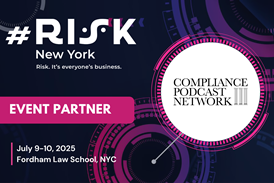
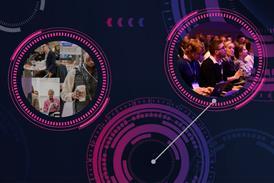


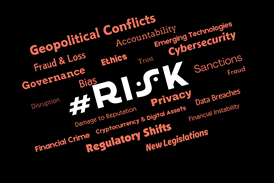


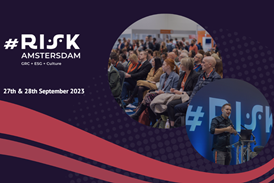
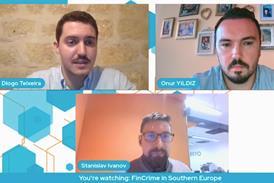
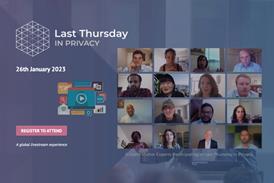
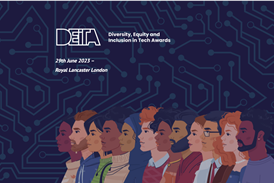
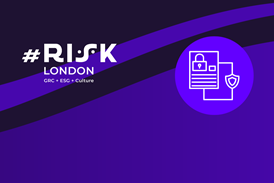
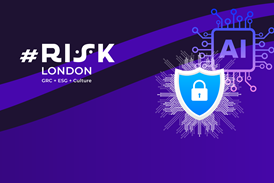









No comments yet